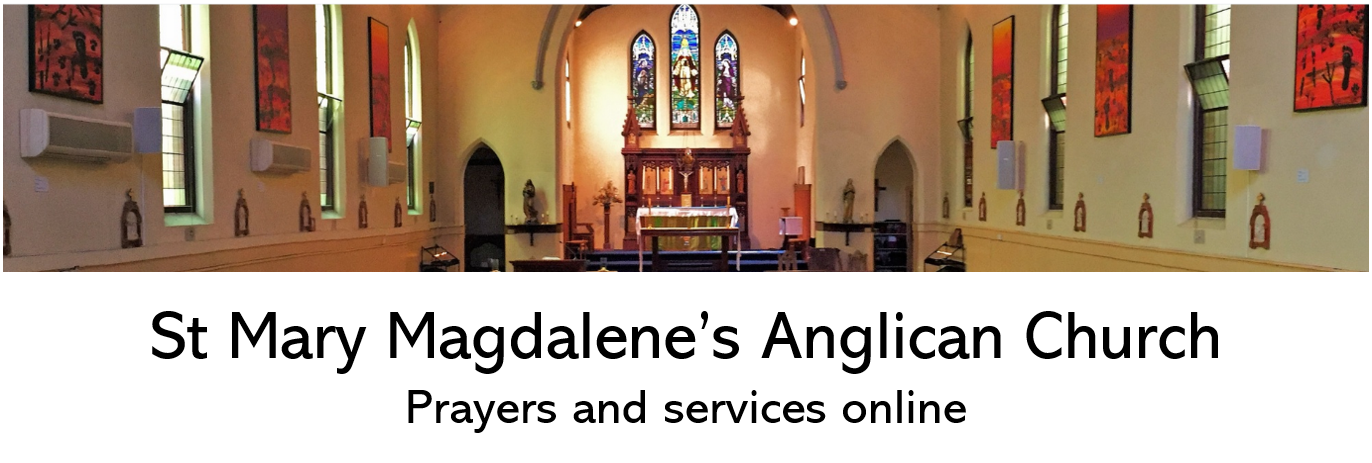a ‘hidden wholeness’
Thomas Merton
An Aboriginal woman said a few years ago: “We Aboriginal people are spiritual people struggling to be human. You white Australians are humans struggling to be spiritual”.

If the Enlightenment focused on knowledge , and one of the marks of Post-Modernism is information (and more and more of it) – can we recover the wisdom of the ancient spiritual traditions?
Stand at the crossroads, and look,
and ask for the ancient paths,
where the good way lies, and walk in it, and.
find rest for your souls. Jeremiah 6:16
Such wisdom offers us deep connectedness “from the very first… [we are] otherwise engaged in Spirit” – never abandoned, never alone . We live “eccentric” lives – where the centre is not in ourselves, but in an Other. Beneath the fragmented surface of our lives there remains – a “hidden wholeness”.
Carl Jung offers an arresting image. ‘Life has always seemed to me like plant that lives on its rhizome. Its true life is invisible, hidden in the rhizome. The part that appears above ground lasts only a single summer, then it withers away – an ephemeral apparition .‘
The ‘magic’ of a powerful image is that it will ‘release the emotions and move us on’. ‘Images are forms of transport. They get us going. They move us on.’
Anselm Gruen
What images ‘move you on’ or keep you stuck?
What images bring you to life and fill you with hope?
What are the images that you live by?

living out of your depths 
inner flame 
being your true self 
coming home 
called by name 
immortal diamond
For a printable copy of the text of this meditation click on the link below.
For a printable copy of the fourth meditation in this series, A Spirituality of Communion: the gift of otherness, click on the oink below.







